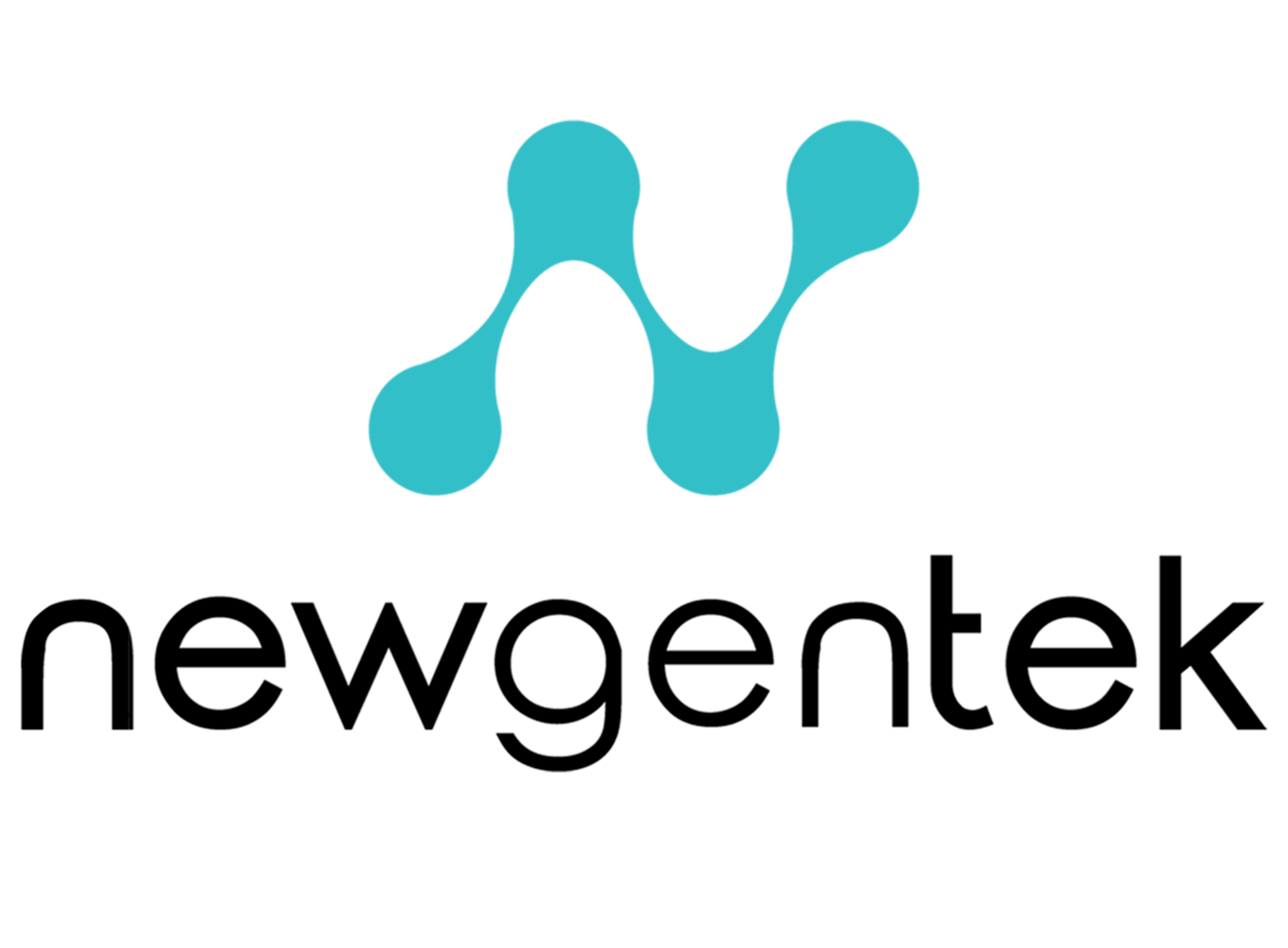Plan Ahead For Growth
Pay-at-the-table, mobile point of sale, digital signage. The modern restaurant and retail establishment has so much technology and complexity can grow quickly for operators. Some of the biggest challenges we see starts with not having a solid infrastructure plan as you scale. Often times operators are faced with significant challenges as they try to roll-out new technology systems and platforms if their unit-level infrastructure isn't properly planned, documented, and systematized. Our customers have had to spend significant time, effort, and money going back and retrofitting or re-configuring equipment at some of their earlier locations. Most of this could have been avoided with guidance up-front that started with a solid plan for growth.
Here are some tips for thinking about growth up-front:
Start with the cloud - Your corporate infrastructure should start with the cloud. Hosted email (Google Apps, Office 365), collaboration tools (Dropbox, Box.net), and Voice over IP phone system can help keep you and your team productive without investing in a server. Even your back-office systems are hosted in the cloud which brings your physical IT infrastructure to almost nothing.
Plan your growth up-front - Things like bandwidth, networking infrastructure, and even cabling should be engineered with a focus around growth. Typically the investment isn't that much more to ensure that your stores are ready to grow into the future. Spend time choosing equipment and developing standards that you can repeat at all of your stores. You will save significant time and energy in the future when you need to make a change or deploy a new system that relies on a solid infrastructure.
Redundancy and Business Continuity - Locations that have high transaction volumes can deploy redundant and failover internet connectivity to ensure that they can continue to process credit cards, gift, and loyalty in the event their primary connection is interrupted. We handle this by a secondary traditional provider or a 4G (Cellular) connection. Also, thinking about things like offline music can ensure your guests still receive the same experience if there is a service interruption.
Remove paper and increase efficiency and communication - Spend time thinking about systems that can help you be agile and communicate information across multiple units. A strong back-office system to handle your accounting and a system can help you build processes that will save you time and money in training and labor. When I first started working in hospitality I developed a software platform, Fusionprep, that handles back-of-house kitchen operations. It takes the paper out of the kitchen and allows operators to make changes to their recipes and build cards with the click of a button and communicate it to all of their units. It also stores and prints food safety labels for all of their prepped items ensuring that all of the items in the kitchen are labeled properly 100% of the time.
You should find a partner that has a focus on your business. IT is complex enough, when you combine that with fast-pace restaurant and retail environments it pays to have a partner that understands your unique challenges and support requirements. We work with multi-unit brands across the country to design, engineer, install, and support infrastructure and systems at some of the fastest growing hospitality brands. When we win new business from an existing provider, it's typically because they don't understand the support demands. If there is something we can help you with, feel free to reach out.
